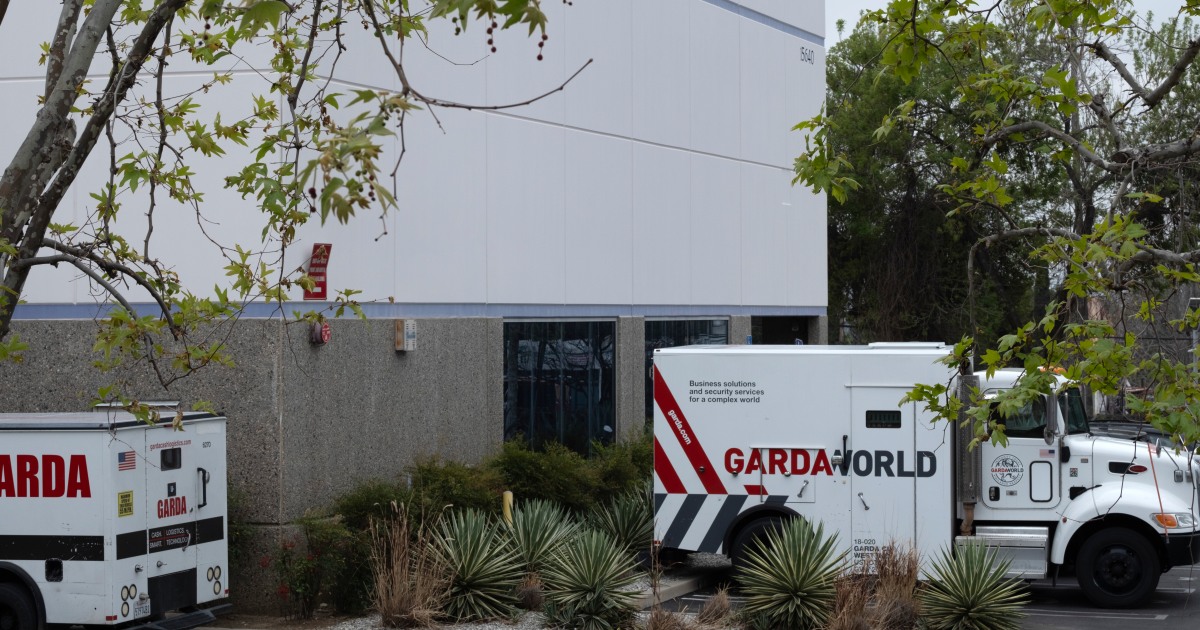Enlarge image
CO₂ landing net for the air: Climeworks plant in Switzerland
Photo: Walter Bieri / KEYSTONE / picture alliance / dpa
The world's largest facility for storing carbon dioxide from the air has gone into operation in Iceland.
As the operators announced, after a 15-month construction period, it will now filter climate-damaging CO₂ in the air and store it in the ground.
And thus contribute to reducing the CO₂ content in the atmosphere.
Orca, as it is called, was built next to a geothermal power plant on the Hellisheiði plateau in southwest Iceland. The two companies, the Swiss company Climeworks and the Icelandic Carbfix, had already operated a pilot plant there. At full capacity, the plant should draw around 4,000 tons of carbon dioxide from the air every year. That corresponds to the emissions of around 870 cars. The costs for the technology are between ten and 15 million US dollars, reports Bloomberg.
Orca technical devices, named after the Icelandic word for energy, look a bit like an oversized air conditioner. It consists of four units that look like shipping containers and are provided with large slats. The company's scientists have researched the technology for years, also at other locations such as Switzerland: fans suck the air into the inside of the boxes. There the CO₂ is filtered out and collected in a collector. When the collectors are separated from the outside air, the gas is released again by increasing the temperature and dissolved in water.
To store the gas, the researchers pump the water up to 1,000 meters deep into the earth. This is where porous rock is stored that contains minerals such as magnesium, calcium and iron. When it comes into contact with these elements, the carbon dioxide practically begins to petrify, creating so-called carbonates. This process takes up to two years. The advantage of the process: under normal conditions, the carbon dioxide remains stored in the stone forever.
Proponents of the technology argue that the global community will need such ideas to stand a better chance in the fight against climate change. Because so-called direct air capture processes (DAC) make an active contribution to removing the carbon dioxide present in the atmosphere from the air. Considerable amounts could be filtered out of the air. Researchers had calculated in a study that around three gigatons per year would be realistic by 2035.
However, there are also critics who argue that the existing procedures are inefficient and too expensive.
In particular, the water and energy requirements of some DAC systems are rated as too high.
This could become a problem especially if such machines were used much more frequently around the world.
According to the results from 2016, the process pumped 200 tons of CO₂ into the ground within two years.
This required 25 tons of water per ton of CO₂.
The energy that has to be used for Orca in Iceland, on the other hand, comes from the geothermal power plant and is therefore from a purely renewable source.
joe








